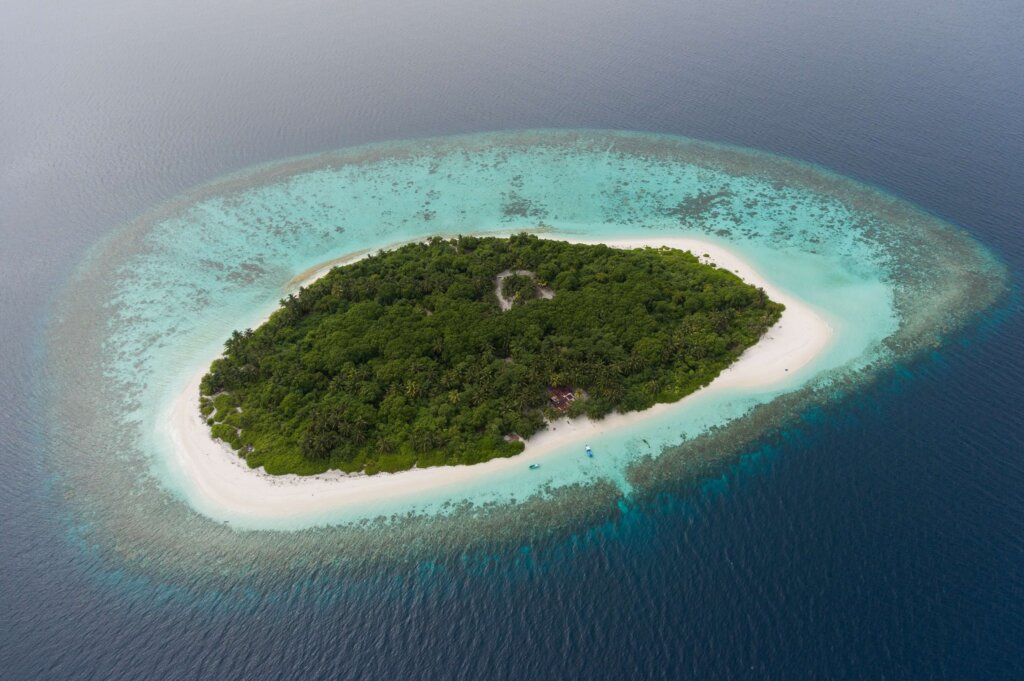With technological advances, media, satellite GPS and other technological paraphernalia, we tend to believe that practically the entire globe has been explored.
That is far from true, because in the world there are places that due to their inaccessibility, inhospitable climate, ferocious animals or even, for political reasons, are not open to explorers, tourists or even scientists.
Here we summarize 9 places among which we find the most mysterious and unexplored in the world.
Bhutan

While some may think of Tibet as an unintaminated paradise, its little cousin from the Himalayan mountains, Bhutan, is actually much more pristine. More than 60% of the country is covered with forests and a quarter of its territory has been designated as a national park or protected area.
The Land of the Thunder Dragon, as it is known, has steep mountains and valleys, making it an access point for biodiversity.
Son Doong Cave, Vietnam
![]()
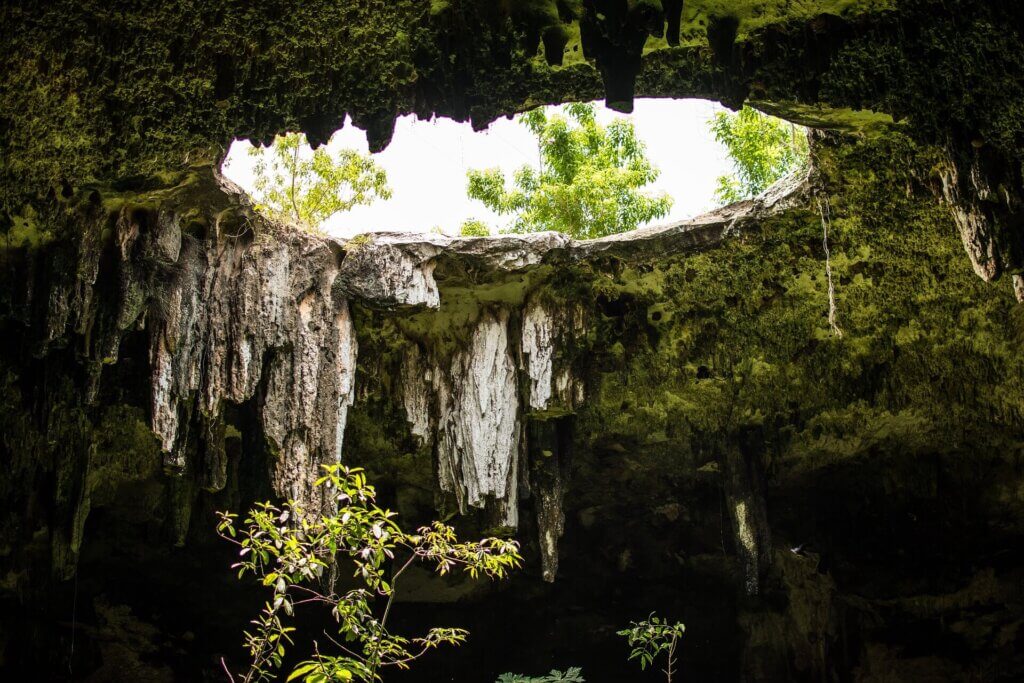 The largest cave in the world contains its own river and even a jungle. A cavern more than 10 kilometers long, it is tall enough to house a skyscraper.
The largest cave in the world contains its own river and even a jungle. A cavern more than 10 kilometers long, it is tall enough to house a skyscraper.
The first expedition set off to explore this subterranean world in 2009 before being blocked by a 40-meter-high calcite wall inside. Much of the surrounding network of more than 150 caves near the border with Laos remains un exploration.
North Sentinela Island, India
Located in the middle of the Bay of Bengal, at the southern tip of Myanmar, North Sentinela Island technically belongs to India, but few outsiders have made contact with the locals or “sentinelenses”.
There is a five-kilometre exclusion zone surrounding the island, where an estimated 50 to 300 people live. Hostile reactions from locals to attempts at contact by outsiders, including the murder of a US journalist who attempted to visit the site without permission, have left the island unexplored.
Atacama Desert, Chile
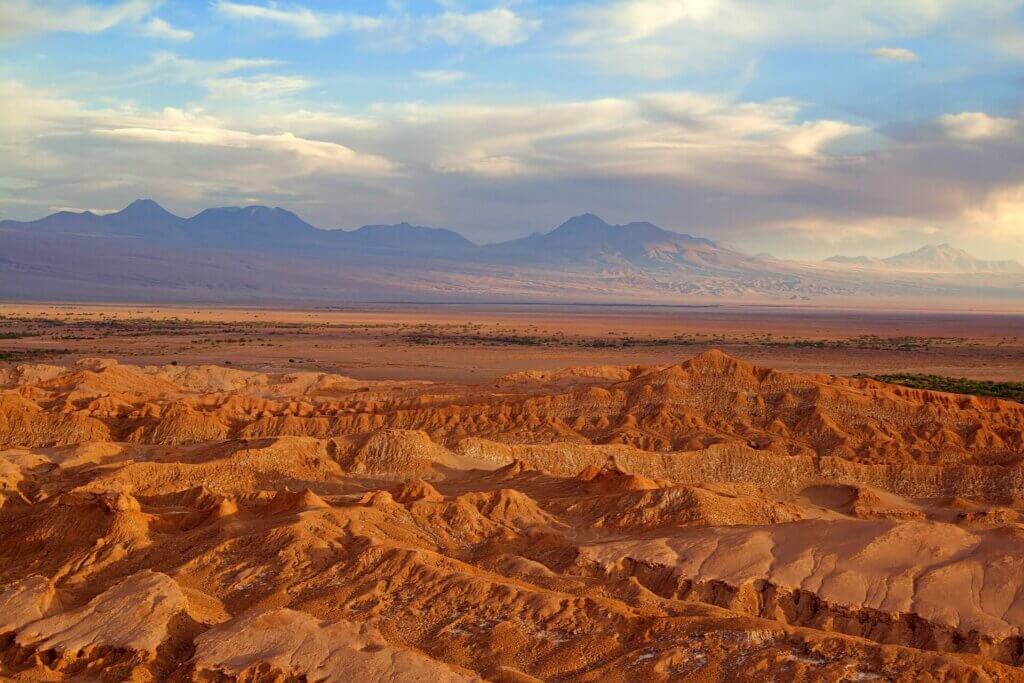 Atacama is one of the strangest landscapes in the world, a desert where it doesn’t really rain. Basins of salt, sand and lava cover much of its 104,000 square kilometers, and the soil is so devoid of life that NASA can design its ground tests on Mars in the land of Atacama.
Atacama is one of the strangest landscapes in the world, a desert where it doesn’t really rain. Basins of salt, sand and lava cover much of its 104,000 square kilometers, and the soil is so devoid of life that NASA can design its ground tests on Mars in the land of Atacama.
Due to its high altitude, almost non-existent cloud cover, dry air and lack of light pollution and radio interference, this desert is one of the best places in the world to make astronomical observations, and there are two important international observatories there to study the universe.
Vale do Javari, Brazil
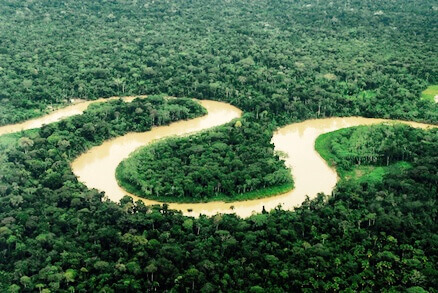 Much has been said about North Sentinel Island and its isolated tribe, so some people assume they are the only uncontacted people in the world, as no one would expect something like this to exist in 2020 without being news.
Much has been said about North Sentinel Island and its isolated tribe, so some people assume they are the only uncontacted people in the world, as no one would expect something like this to exist in 2020 without being news.
However, if you look at the Amazon rainforest, you will find vast regions that are still waiting to be explored, and even peoples that have never been in contact with the rest of the world.
Known as the Javari,they live in a valley that bears their name: Vale do Javari (“Javari Valley”). Like the Sentinelians, the Javari have resisted any attempt to contact them. It makes sense to leave them alone, as they are susceptible to many deadly diseases to which the rest of us developed immunity a long time ago. A single exhibition could wipe them out completely.
Kamchatka Peninsula, Russia
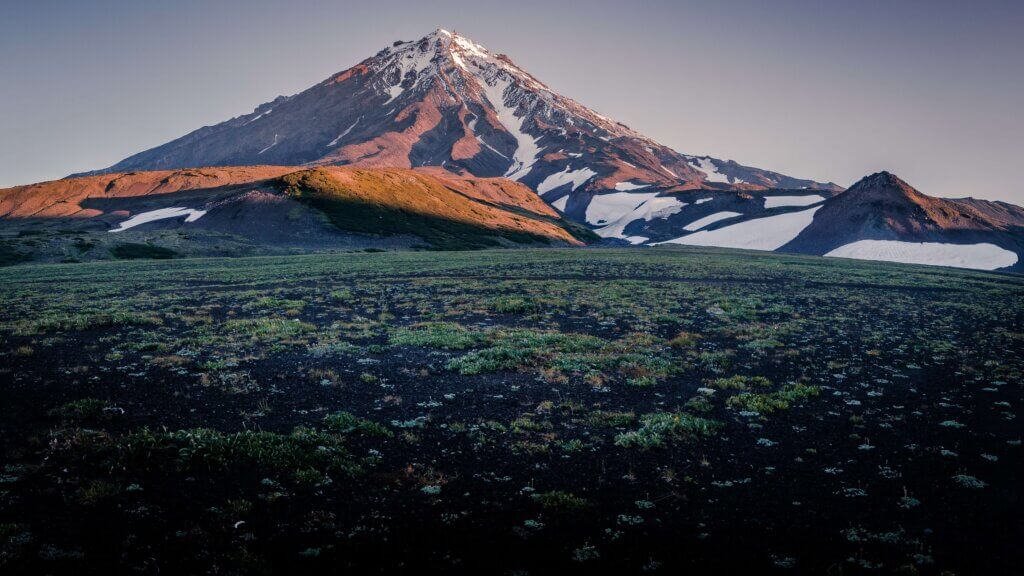 This isolated eastern peninsula of Russia is home to some of the most spectacular volcanic activities on Earth, with more than 300 volcanoes, including one that has been erupting continuously since 1996.
This isolated eastern peninsula of Russia is home to some of the most spectacular volcanic activities on Earth, with more than 300 volcanoes, including one that has been erupting continuously since 1996.
It is home to the most diverse range of salmon species and is the most densely populated brown bear habitat in the world. However, the region was closed to Westerners until the collapse of the Soviet Union in 1991, and even before that, only 400,000 people (all with military authorization) were allowed to live in the territory, which is about the size of California.
Bemaraha Tsingy National Park, Madagascar
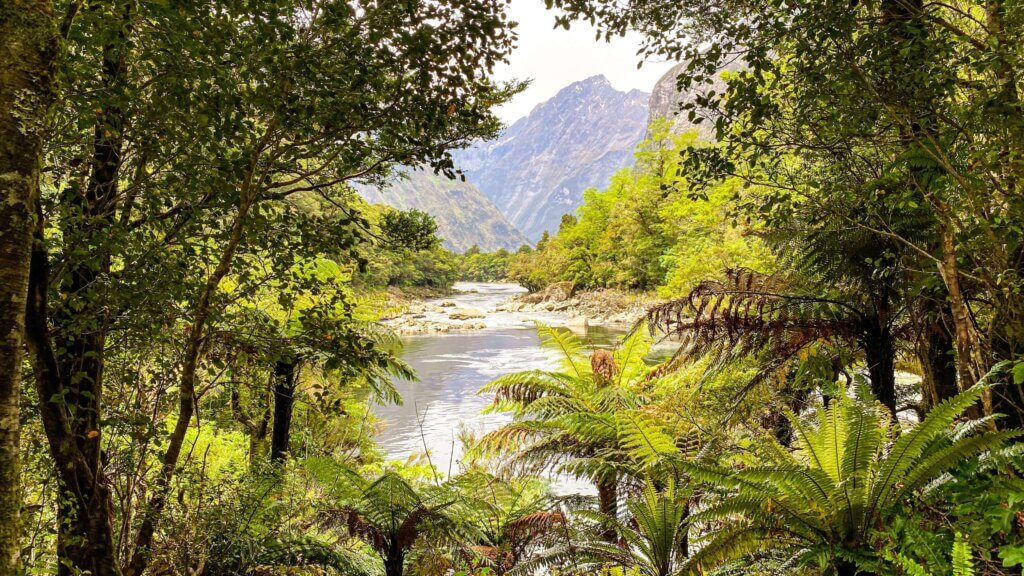 This national park of 1600 Kms2 and nature reserve, named for the massive and unique limestone formations known as tsingy (In Malagasy, “walking on tiptoe”), is located at the western end of Madagascar.
This national park of 1600 Kms2 and nature reserve, named for the massive and unique limestone formations known as tsingy (In Malagasy, “walking on tiptoe”), is located at the western end of Madagascar.
The irregular needle-shaped limestone labyrinth was formed by erosion over a period of millions of years, and the resulting habitat of gorges, canyons and forests is a natural fortress. A large number of plant and animal species are endemic to the region, meaning they are not found anywhere else on Earth, and there are many that have not yet been discovered.
While its southern end is open to the public, much of the reserve is out of reach of tourists.
Fiordland National Park, New Zealand
 New Zealand’s largest national park was formed by glaciers and contains some of the oldest rocks in the country.
New Zealand’s largest national park was formed by glaciers and contains some of the oldest rocks in the country.
The vast desert is home to a unique diversity of animals, such as the takahē,an indigenous, non-flying bird that was believed extinct for decades until it was rediscovered in the park in 1948, and the kākāpō,the world’s only non-flying night parrot. Of the latter species, only 209 specimens remain, all living in the wild and under surveillance on islands that have been cleansed of predators.
Fiordland’s 12,000 km2 are some of the wildest, most isolated and unexplored lands in the southern hemisphere.
Cenotes of Yucatan
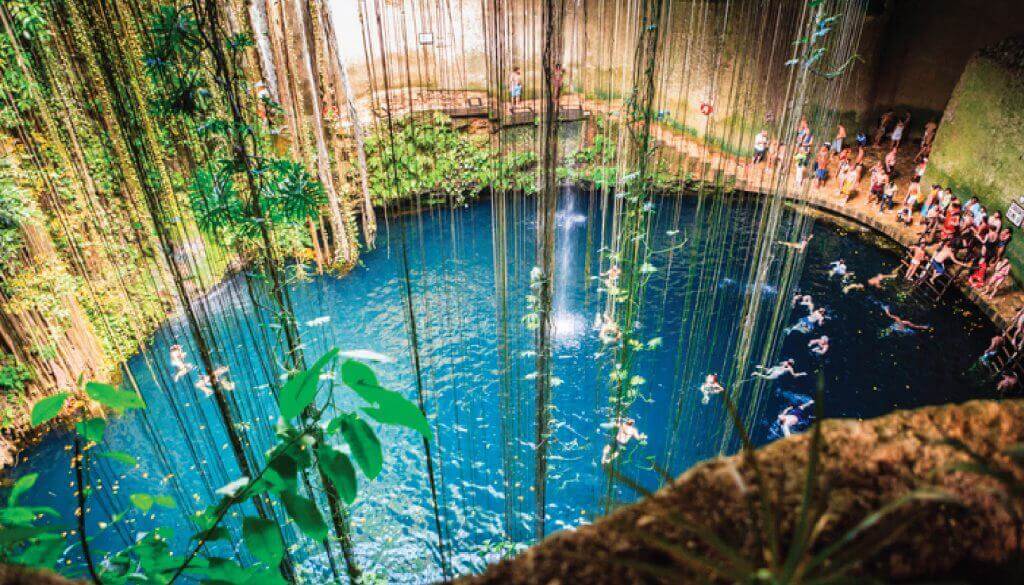 Cenotes are something of a sinkhole, but they are filled with crystal clear fresh water. Located throughout the Yucatan Peninsula in Mexico, they have played an important role in the mythology of the Maya as the cenotes are a source of drinking water.
Cenotes are something of a sinkhole, but they are filled with crystal clear fresh water. Located throughout the Yucatan Peninsula in Mexico, they have played an important role in the mythology of the Maya as the cenotes are a source of drinking water.
They are one of the most beautiful and mysterious natural formations in the world. Although the official number of cenotes is approximately 6,000, no one has been able to explore them all. Scientists believe many more are waiting to be found.
While most cenotes are visible from the surface, some of them, known as cave cenotes, require exploring their respective caves first. As of now, we simply have no idea about the extent of life that exists beneath all of them, as many cenotes are difficult to physically access.
Conclusions
Many times we believe that the world has lost its wonder, that the era of the great explorers has passed and that there are no places left to discover.
The jungles, the seas, the polar regions, the underground world, the deserts, all these ecosystems still hold places where “civilized man” has never been. Of some of them it can even be said that no man has been there.
This list is only a small part of the most remote and unknown places on our planet, places that keep their wonders perhaps waiting for humanity to have the sufficient level of maturity to be able to open its mysteries and teachings to us.
